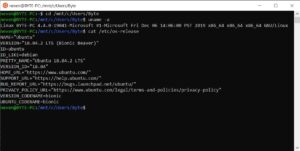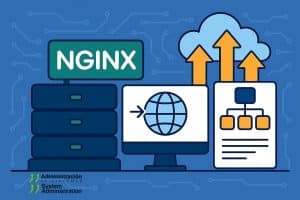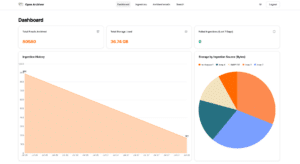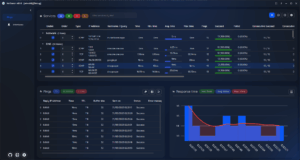Nmap (Network Mapper) is undoubtedly one of the most renowned and widely used tools in the field of cybersecurity and network administration. Initially created to identify devices and services on a network, its capabilities have evolved to become a comprehensive solution for security audits and penetration testing.
Here, we explore what Nmap is, why it has become an industry standard, and how to use it in various scenarios, from basic scans to advanced operations.
What is Nmap?
Nmap is an open-source tool designed for network and system scanning. It is used to discover connected devices, identify running services, and detect potential vulnerabilities. Compatible with multiple operating systems, including Linux, macOS, and Windows, Nmap stands out for its versatility and efficiency in networks of any size.
Why Use Nmap?
Nmap is essential for both system administrators and cybersecurity specialists. Its advantages include:
- Versatility: It can be used for simple tasks like identifying devices on a local network or conducting advanced analyses, such as vulnerability detection.
- Free and Open Source: Accessible to everyone, with an active community that continually contributes to its improvement.
- Highly Configurable: Allows users to tailor its functions to specific needs, from quick scans to detailed security analysis.
Basic Commands and Features
Basic Scans:
The simplest Nmap command involves specifying a target, whether it’s an IP address, a range of addresses, or a domain name. For example:
nmap 192.168.1.1This will display the open ports on the target device.
Stealth Scans:
To avoid detection, Nmap offers stealth scans using the TCP SYN mode, useful in penetration testing:
nmap -sS 192.168.1.1Version Detection Scans:
To identify the services and versions running on open ports:
nmap -sV 192.168.1.1Operating System Detection Scans:
To determine the target’s operating system:
nmap -O 192.168.1.1Aggressive Scans:
This mode combines several techniques, providing detailed information about the target:
nmap -A 192.168.1.1Multiple Host Scans:
To analyze several devices simultaneously, specify IP ranges or domain names:
nmap 192.168.1.1-50Specific Port Scans:
If you are interested in certain ports, you can specify them:
nmap -p 22,80,443 192.168.1.1Scanning from a File:
To save time, you can list targets in a file and use them in the command:
nmap -iL targets.txtResults and Exporting
Nmap allows you to view results in different formats and export them for later analysis:
- Standard Format: The default output in the terminal.
- XML: Ideal for integrations with other tools:
nmap -oX results.xml 192.168.1.1 - GNMAP Format: Useful for parsing data:
nmap -oG results.gnmap 192.168.1.1
Nmap Scripting Engine (NSE)
One of Nmap’s most powerful features is its Nmap Scripting Engine (NSE), which automates complex tasks such as vulnerability detection or specific audits:
nmap --script vuln 192.168.1.1The NSE includes a vast library of pre-designed scripts available in the official documentation. Users can also create custom scripts in Lua.
Getting Help
If you need guidance on any command or feature, Nmap includes built-in help options:
nmap --helpor
man nmapConclusion
Nmap is more than just a scanning tool; it is an indispensable ally for ensuring the security and proper functioning of any network. From simple audits to advanced analyses, its multiple functionalities allow users to explore and identify vulnerabilities with precision.
Mastering Nmap not only strengthens network management but is also a critical step in ensuring security in an increasingly digitalized world.











